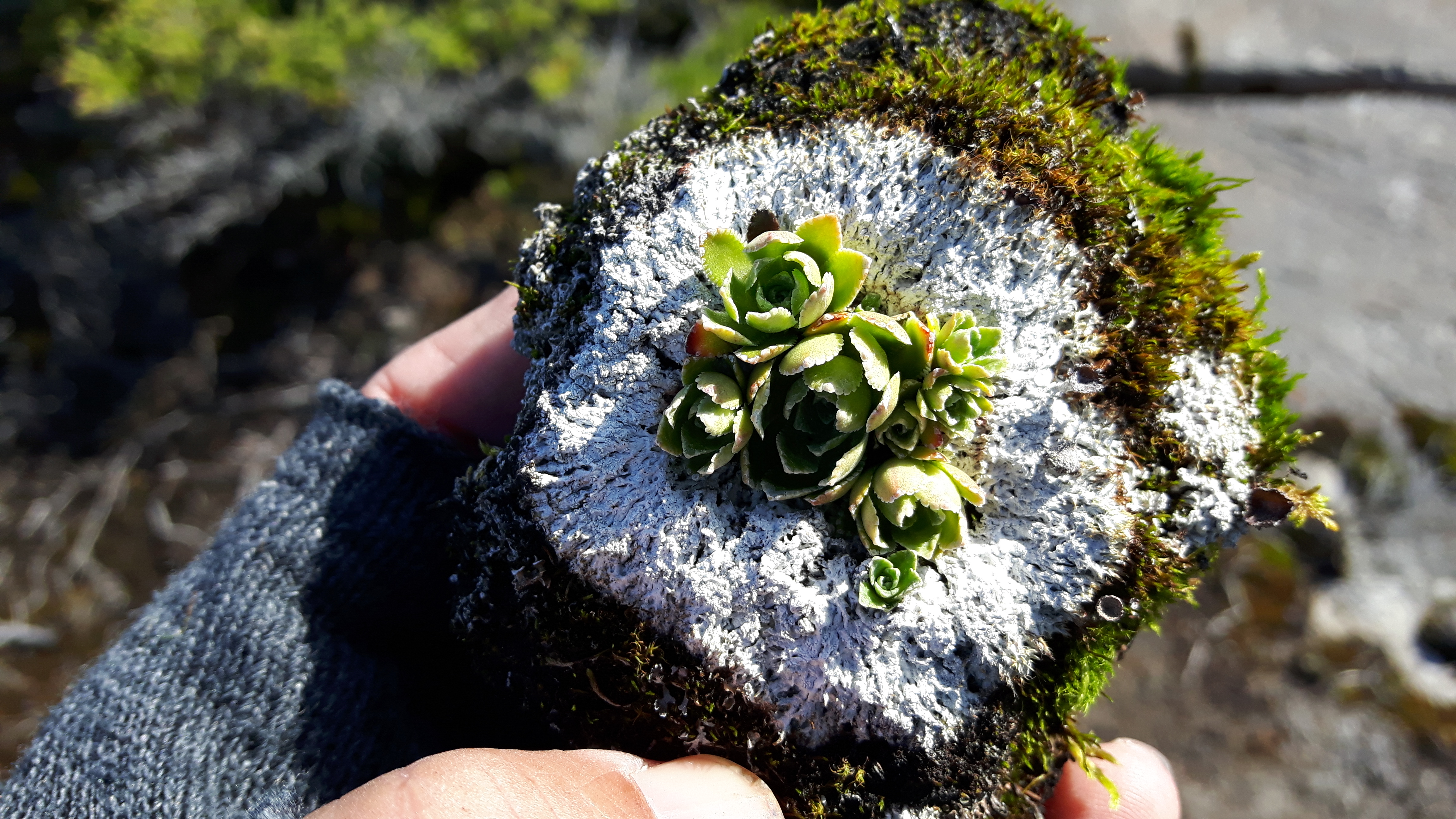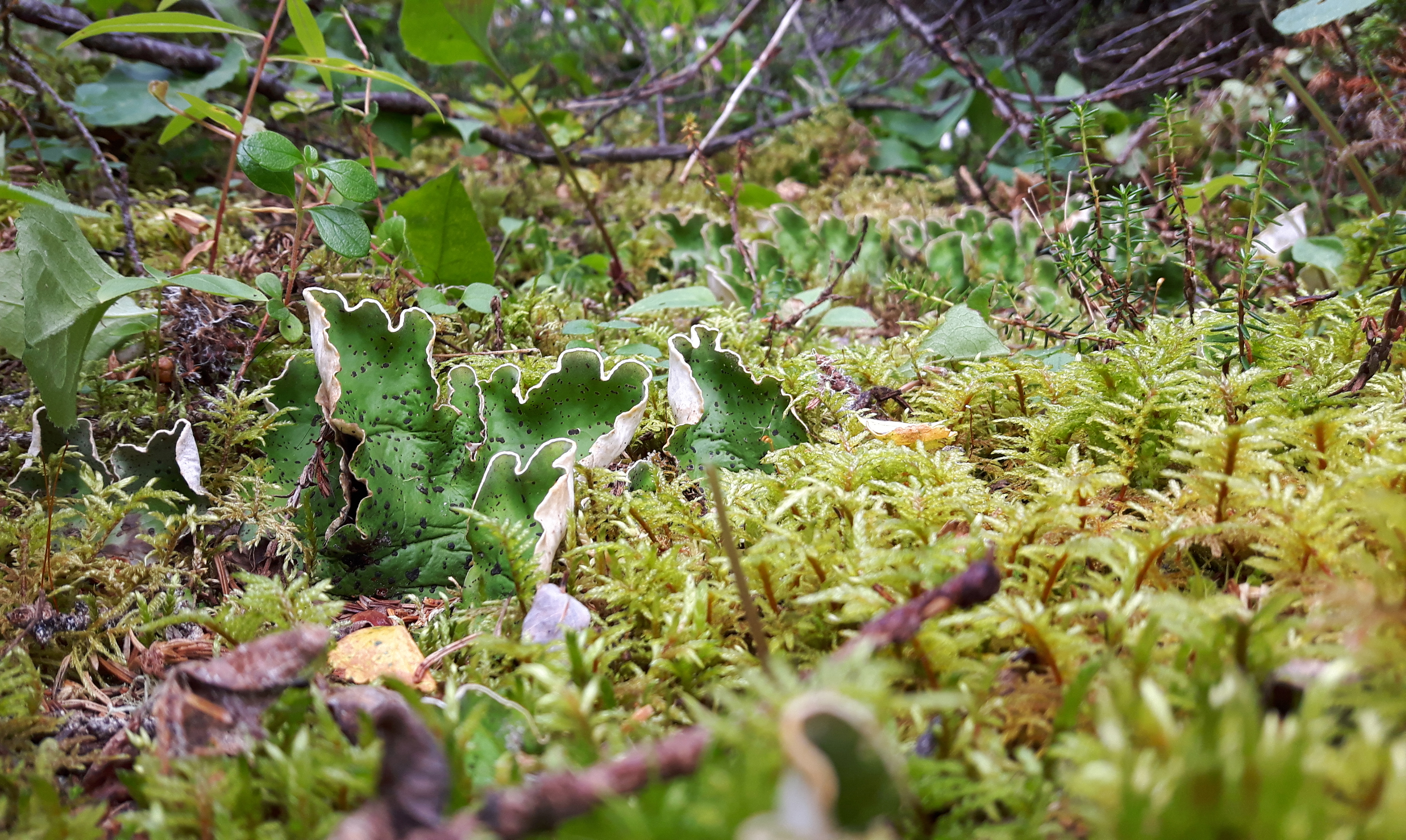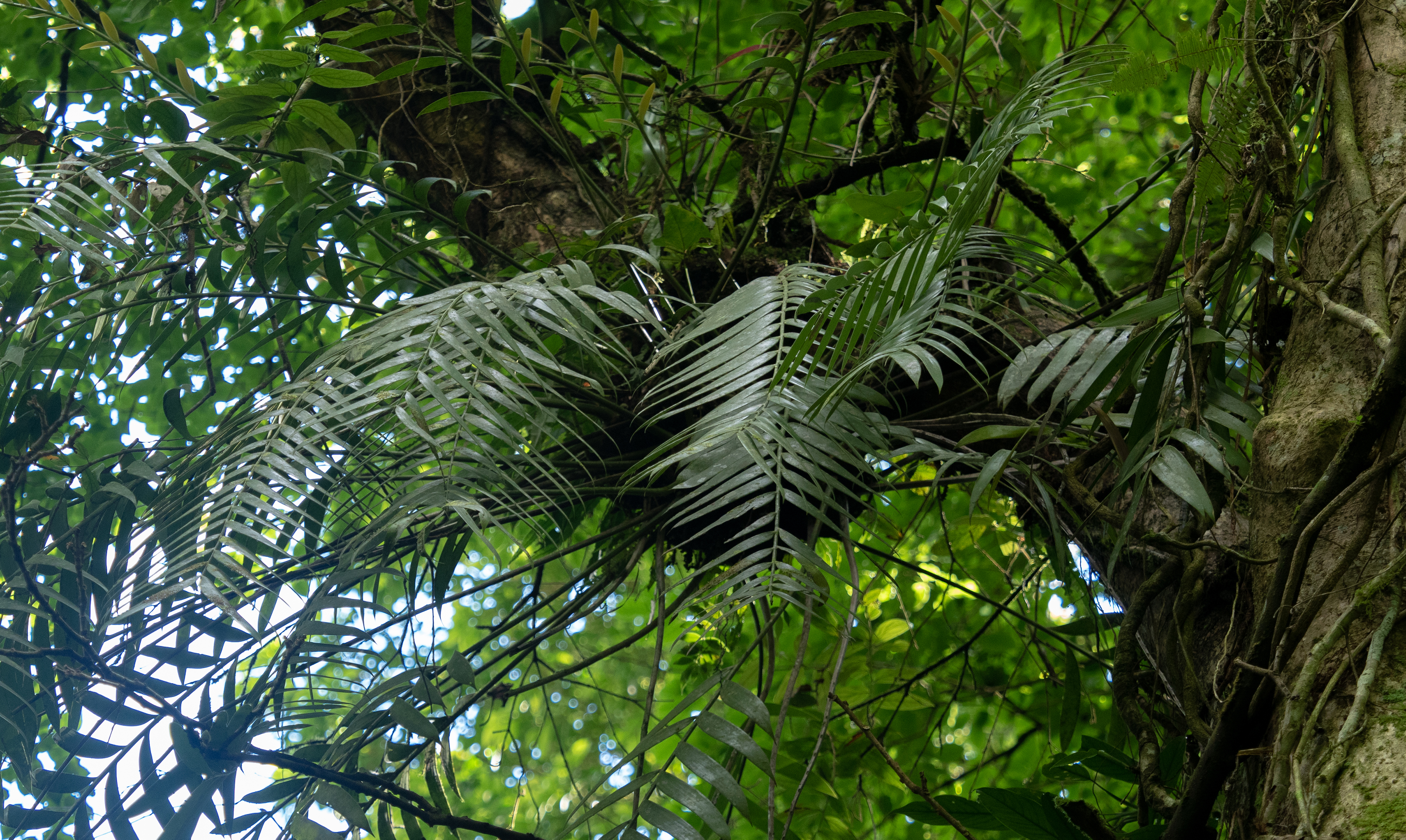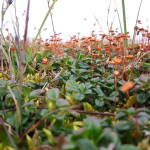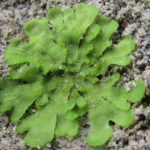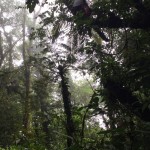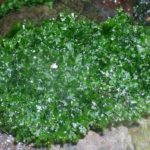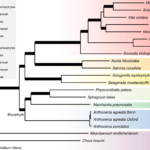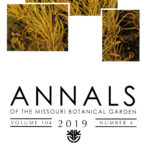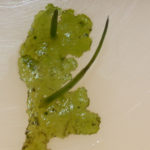
Extant land plants consist of two deeply divergent groups, tracheophytes and bryophytes, which shared a common ancestor some 500 million years ago. While information about vascular plants and the two of the three lineages of bryophytes, the mosses and liverworts, is steadily accumulating, the biology of hornworts is poorly explored. Yet, as the sister group to liverworts and mosses, hornworts are critical in understanding the evolution of key land plant traits. Until recently, there was no h...
Read More
